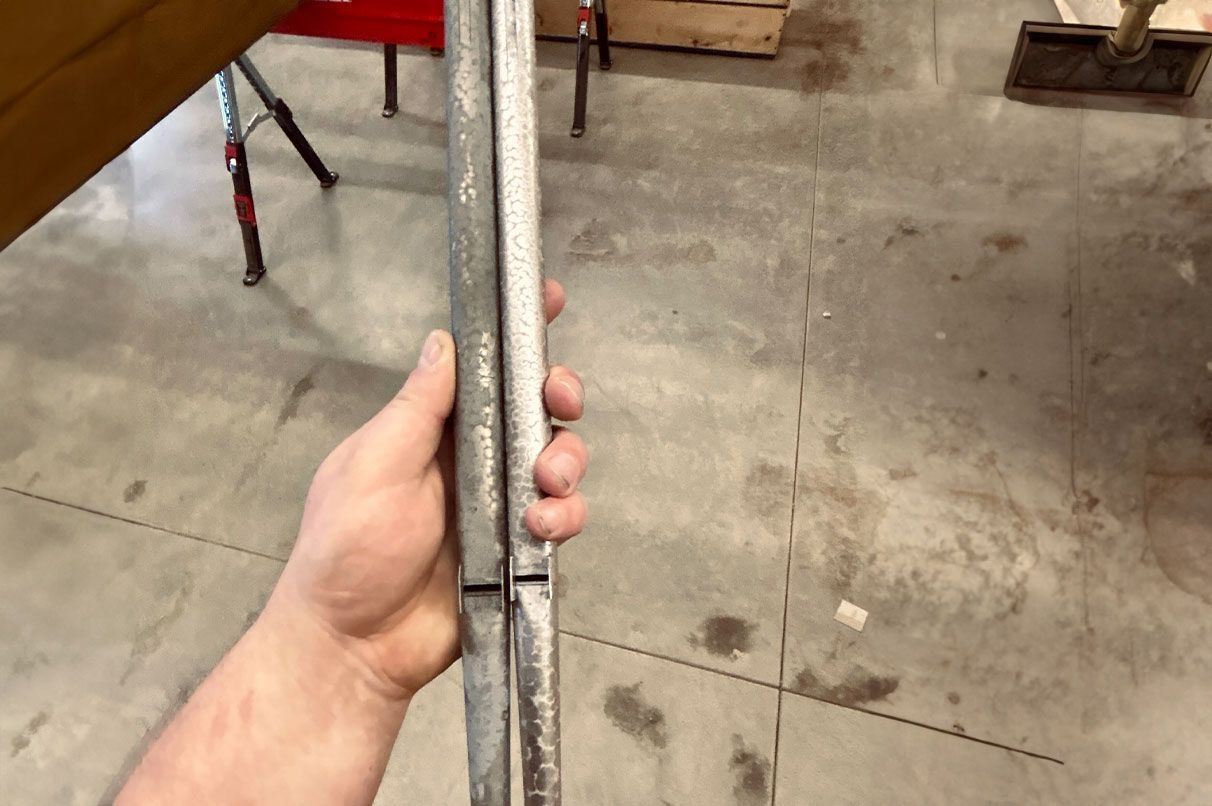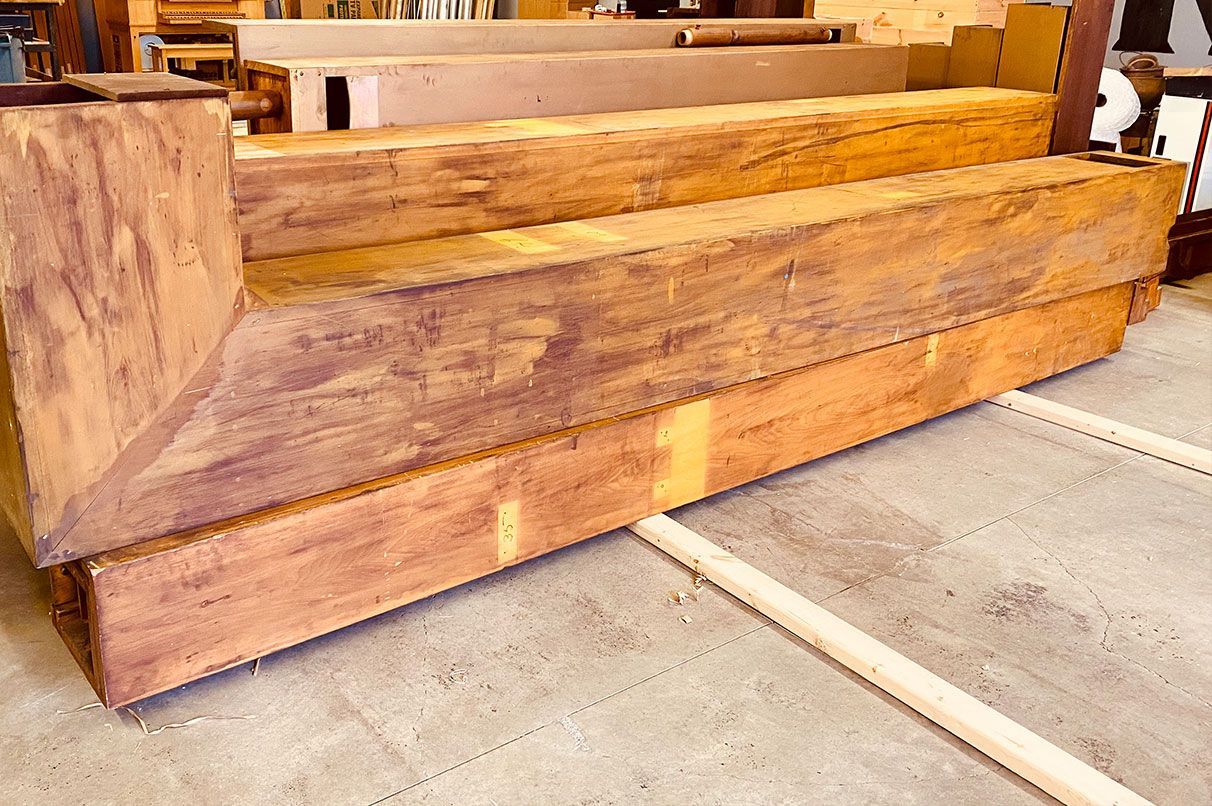Restorations.
The restoration of existing instruments holds a unique significance. It is not only about refurbishing a piece of musical history; it is also about preserving a living cornerstone of ecclesiastical, cultural, and musical traditions. A sympathetic restoration must balance tradition, historical context, and function when breathing new life into formerly magnificent pipe organs.
Preserving heritage.
At Greenleaf, we restore organs primarily to preserve the artistic contributions of former generations of organbuilders, and to honor the generational stewardship inherent in an instrument our clients have already purchased. In most cases, both of these are requirements for an instrument to be a candidate for restoration: the organ should be in ‘restorable’ condition, it should serve as a meaningful example of a builder’s work, and, if restored, it should serve the needs of the client (either functionally or as a preserved work of art).
Unusually, cost is not a factor in restoration – it’s often more expensive to restore a worthy instrument than it would be to build the same instrument in new materials.

A ‘before/after’ of pipes from Hook & Hastings’ Opus 2371, restored using gentle ultrasonic cleaning after over a decade in storage.

Pipes from a 1916 Hook & Hastings 16' Open Wood with their original finish, carefully cleaned and prepared for new tuning mechanism.
Preserving authenticity.
Restoration is a pure form and never a mix of components that are both restored and rebuilt. In a true restoration, we carefully ensure that every detail aligns with the original design. Where we have to replace or repair damaged components, we ensure that those components are marked and documented so that they can be discerned from original components.
Our work starts with carefully researching the history of the builder, particularly their history in the town in which the organ was originally installed and the organ’s chronological place in the builder’s oeuvre. We work to find as many factors that contributed to the organ’s specification as possible: budgetary restrictions at the time of original construction, stops that were desired (or even ‘prepared for’ but never installed), modifications and their contributing factors.
Preserving tradition.
Research.
During the course of our research, we carefully examine the instrument as it currently exists. Initially, our focus is on verifying integral components like windchests, reservoirs, pipework, and casework to confirm their provenance. We document the condition of each part, noting any signs of wear, damage, alterations, and previous maintenance.
Care.
Generally, we don't modernize components in a true restoration. However, if we do choose to modernize elements to enhance performance, such as keyboard actions or improving wind systems, we document those modifications and store original components carefully within the instrument for future generations.
Collaboration.
In restoration, rebuilding, and new construction, we frequently collaborate with building architects acting on behalf of the client, designers, acousticians, and musicians. During the course of a restoration, we also collaborate with scholars of a particular builder, art restorers, metallurgists, and experts in restorative wood finishing.
Balance.
Restoring existing organs requires an equal appreciation for the past and the future. By understanding the cultural heritage, conducting thorough technical assessments, preserving authenticity, and collaborating with other artisans, we can continue to offer worthy instruments a second chance at delighting future generations to come.
